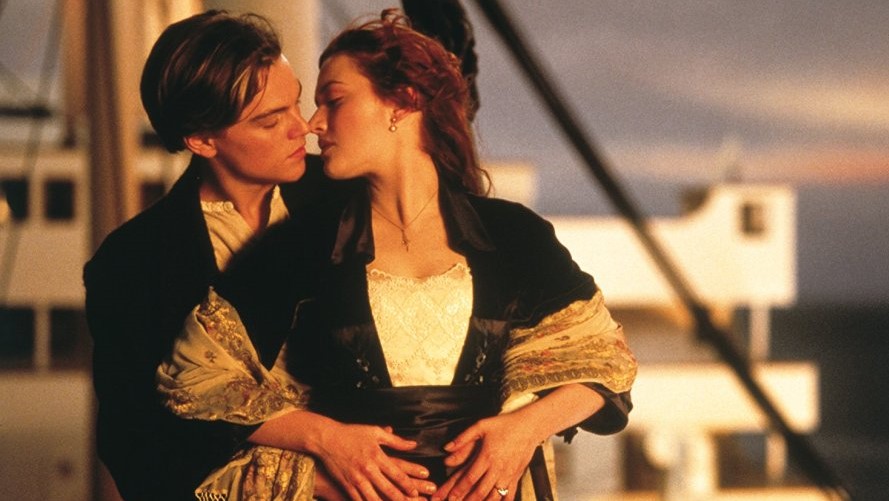Avatar is being remastered in high frame rate – but your current 4K TV can’t handle it
James Cameron’s 2009 sci-fi epic Avatar is being remastered in high frame rate (HFR), along with his 1997 film, Titanic. That announcement comes from Pixelworks, the developers of the TrueCut Motion technology being used to transform the director’s signature blockbusters for a return to theaters.
“We’re bringing Avatar and Titanic back to the big screen, looking better in every way,” said James Cameron in a Pixelworks press release. “We will be presenting both films in 4K with high dynamic range visuals and have been working with Pixelworks’ TrueCut Motion platform to remaster the films in high frame rate, while keeping the cinematic look of the original.”
What is HFR?
To explain HFR, we first need to discuss frame rates, and how they differ between film and video formats. Motion pictures shot using both film and digital cinema cameras are captured at a 24 frames per second (fps) rate, while TV shows like news, sports, and sitcoms are shot on video at either 50 or 60 fps depending on the country.
The main benefit to displaying images at a higher refresh rate like 50 or 60 Hz is that programs like sports with plenty of fast action look more clear and detailed. That same action captured and displayed at a 24 fps rate will have much lower motion resolution, with the end result being that images look comparatively blurry, and the action less smooth.
To address this situation for movies, filmmakers like Peter Jackson in The Hobbit, for example, boosted the camera’s frame rate to 48 fps HFR. And while the HFR version of The Hobbit got a mixed reception at the cinema (including from this writer), the motion resolution improvement it brought to that movie’s many action sequences was undeniable.
Enter TrueCut Motion technology
TrueCut Motion technology, according to the Pixelworks release “allows filmmakers to dial in the motion, with any source frame rate, shot by shot, in post-production.” The release adds that the platform “ensures that these creative choices are delivered consistently across every screen, whether in the theater or the home.”
I caught a demo of TrueCut Motion technology put on by Pixelworks and TV-maker TCL at the CES tradeshow in early 2022. The demo gave me the chance to once again see HFR footage from The Hobbit, except this time processed using TrueCut Motion.
The remastered HFR version The Hobbit displayed on the TCL TV looked much better than what I remembered from my theatrical experience: images retained detail in fast-action sequences, but more standard shots didn’t have the same sped-up “soap opera” effect that could look unnatural at best, and sick-making at worst.
To expand a bit on the Pixelworks press release, the tech as explained to me by the company’s reps at CES is a “motion grading” process that allows for image motion to be varied within a 48 Hz high-frame-rate (HFR) container on a scene-by-scene basis. That, in effect, makes it similar to Dolby Vision HDR grading, where the range between the deepest shadows and brightest highlights in images can be adjusted on a similar scene-by-scene basis during post-production.

TrueCut Motion on TVs?
While higher-motion resolution versions of Avatar and Titanic are clearly in the works for theaters courtesy of Pixelworks, that doesn’t necessarily mean we’ll get to see the same at home.
The reason why is that TrueCut Motion technology is an end-to-end process – all components in the production and presentation chain need to support it. Even the digital cinema cameras used for movie production can be equipped with the variable motion capture tech.
And that means your TV will also need to support TrueCut Motion. You can think of it as the movie equivalent of Variable Refresh Rate (VRR), an HDMI 2.1 feature included in newer TVs that eliminates screen “tearing” and permits smoother motion during gaming – something it does by syncing the TV’s refresh rate with the variable output of games played on next-gen Xbox and PlayStation consoles.
The set used for the demo I caught at CES 2022 was outfitted with TrueCut Motion, so it’s obviously something that can be easily licensed and incorporated into TVs – which TCL plans to do. At the time, I thought Peter Jackson agreeing to allow The Hobbit footage to be used by Pixelworks was a good sign for the motion grading tech’s future. Now, with James Cameron fully on board, its chances of making it into the best 4K TVs is looking even better.
from TechRadar - All the latest technology news https://ift.tt/7THBGci
Comments
Post a Comment